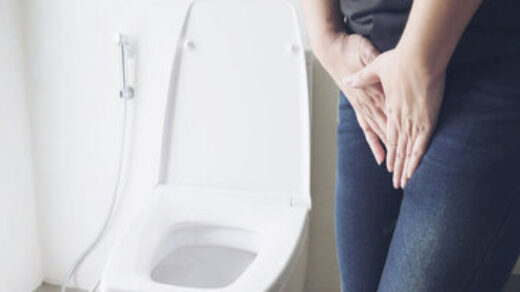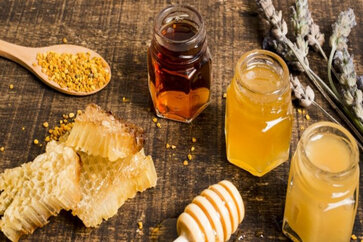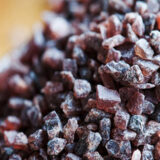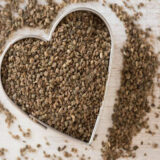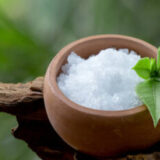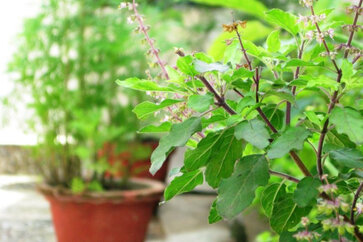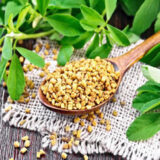Which Ayurvedic Medicine Is Best For Body Pain And Fever?

Fever refers to a disorder in which body temperature goes beyond normal. It is also described as a disturbance in the regular functioning of the systems.
It is a common ailment that can occur both in adults as well as children. The Normal temperature of a healthy body ranges between 98.4 to 99.5 degrees F.
Common symptoms
Common symptoms are that it in general begins with little shivering, pain in the head, and different parts of the body, thirst, and great sluggishness. The flow of urine is scanty as the fever rises; the pulse and respiration turn out to be faster. Finally, there is plentiful seating, a copious flow of concentrated urine, and overall relief of symptoms.
Ayurvedic View On Fever
According to the principles of Ayurveda, this condition is resulted due to an imbalance of the three Dosha, Vata, Pitta, and Kapha. With the change of the season, the Doshas get imbalanced and cause fever.
Ayurvedic practitioners believe that those who are prone to allergy and often suffer from throat troubles are victims of the fate of this fever. However, you can manage good health controlled through it by enough immune power.
Ayurvedic Remedies For Fever
1. Fasting: It strengthens the digestive system and eliminates AMA which in turn cleans the channels throughout the body. A strong person can fast through the week and may take up to a light diet. A lot of liquid diets such as vegetable soups or hot water just ginger are advisable as it soothes aggravated Dosha.
2. Sweating: One can consume plain spicy tea to induce sweat, or he can be covered by a blanket so that it makes you sweat as this process the toxin is cleared and the body temperature that is raised kills the virus and normalizes the body temperature.
3. Light Diet: After the body reaches the normal temperature, the person must take three meals in a balanced diet like light fresh fruits and raw vegetables and slightly cooked food according to his age.
4. Bitter Ayurvedic drugs: Burn’s Ama, grows the white blood cell count which helps the body to encounter infections. Generally used medicines in this condition are.
- Dasamoola kaduthryam qwath
- Amruthothram kwath
- Indukantham kwath
- Dhanwantharam kwath
- Amrutharishta
- Sudarsanasava
- Dasmoolarishta
- Vettumaran tablet
- Gorochanadi tablet
- Gopichandanadi tablet
- Sooryaprabha tablet
- Sirasooladi vajra rasam
- Lakshmi vilas rasam tablet
- Ananda bhairava rasa
Dietary Consideration During Fever
When internal systems are committed enough to reduce fever to emerge and take hold, it is vital that the patient has a balanced diet, but carefully planned to help the recovery until it is reached.
From the first day until the disease, the patient can have a problem digesting food, thus it is necessary to give the digestive system a chance to rest before the repair. And so, solid foods should be abandoned after a period of 24 hours or less.
While plenty of rest is recommended for the sick, only hot juices, vegetable juices, and liquefied food must be given. After this initial period, the patient should gradually reintroduce to solid food, following a fruit diet over a period of 2-3 days.
Raw fruit is wonderful for the cleansing of the body, and the consumed can soon turn back toxins (AMAS), with a variety of sweet, sour, cool, soothing juices, flavors, and textures.
Recommended Fruits Diet In Fever
- Pineapple
- Peach
- Melon
- Grape
- Pear
- Apple
- Orange
Note: Orange is important due to its rich nutrient of vitamin c, which strengthens resistance to further infection.
Foods To Be Avoided In A Fever
- Sweets
- Ice cream
- Sugar and its assorted by-products
- Flour and associated produce
Accumulation of all these foods, saturated fats, and acidity eventually build up into Ama which disturbed the doshas of these three main bodies, and prevents them function properly.
After the fever, the patient is suggested to undergo a Detoxification (mild purgative regime – Panchakarma) therapy as it drives out the remaining Ama and toughens the digestive system. Then he can undergo an anticipatory regime that will lower the possibility of recurrence of fever.


